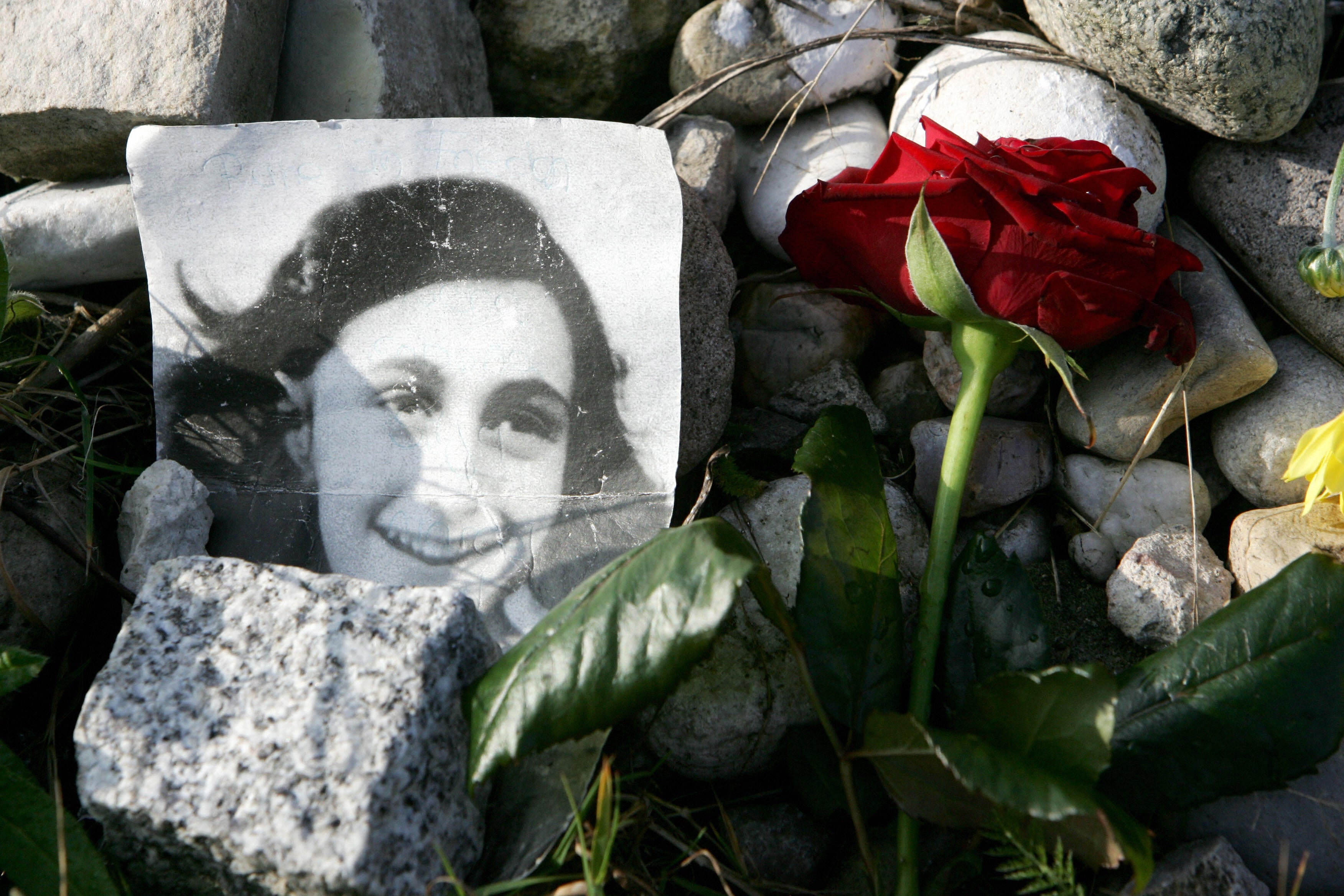Newspaper deletes article comparing Covid lockdown to Anne Frank’s hiding from Nazis
‘Lessons in living from Anne Frank’ opinion piece attracted backlash

Your support helps us to tell the story
From reproductive rights to climate change to Big Tech, The Independent is on the ground when the story is developing. Whether it's investigating the financials of Elon Musk's pro-Trump PAC or producing our latest documentary, 'The A Word', which shines a light on the American women fighting for reproductive rights, we know how important it is to parse out the facts from the messaging.
At such a critical moment in US history, we need reporters on the ground. Your donation allows us to keep sending journalists to speak to both sides of the story.
The Independent is trusted by Americans across the entire political spectrum. And unlike many other quality news outlets, we choose not to lock Americans out of our reporting and analysis with paywalls. We believe quality journalism should be available to everyone, paid for by those who can afford it.
Your support makes all the difference.A Canadian newspaper has deleted an article that compared living through the coronavirus pandemic to Anne Frank’s two years in hiding from the Nazis.
The Globe and Mail published the opinion piece by a contributor titled “Lessons in living from Anne Frank” on Wednesday.
The article reflected on the author’s reading of The Diary Of a Young Girl and her own journaling.
The op-ed acknowledged that Frank “was contained with seven others in space less than 400 square feet for 761 days”.
“As my Covid fatigue has gotten the better of me in recent weeks I started to say to myself, ‘What would Anne do?’ or ‘How would Anne describe this time?’ and ‘How would she cope?’” the opinion piece went on to say.
The article triggered outrage on social media and was later deleted.
“An essay about Anne Frank and lockdown has been removed because it did not meet our standards. We apologize for this error,” The Globe and Mail wrote on Twitter.
Frank and her family went into hiding from the Nazis in 1942 during the occupation of the Netherlands.
Using a red-checked diary she had been given on her 13th birthday, just before they went into hiding, the Jewish schoolgirl journaled throughout the two years spent in the secret annexe in Amsterdam.
Frank and her family were discovered in a Gestapo raid in 1944.
The young diarist and her older sister Margot would eventually be taken to the Bergen-Belsen concentration camp, where they both died of typhus in appalling conditions in February 1945. Anne was 15 years old.
Of the seven people in hiding with Frank, only her father, Otto, survived the Second World War. On learning of the diary, he fulfilled his daughter’s wish to have a book published.
Frank’s diary has since been translated into more than 70 languages, with over 30 million copies sold.

Join our commenting forum
Join thought-provoking conversations, follow other Independent readers and see their replies
Comments